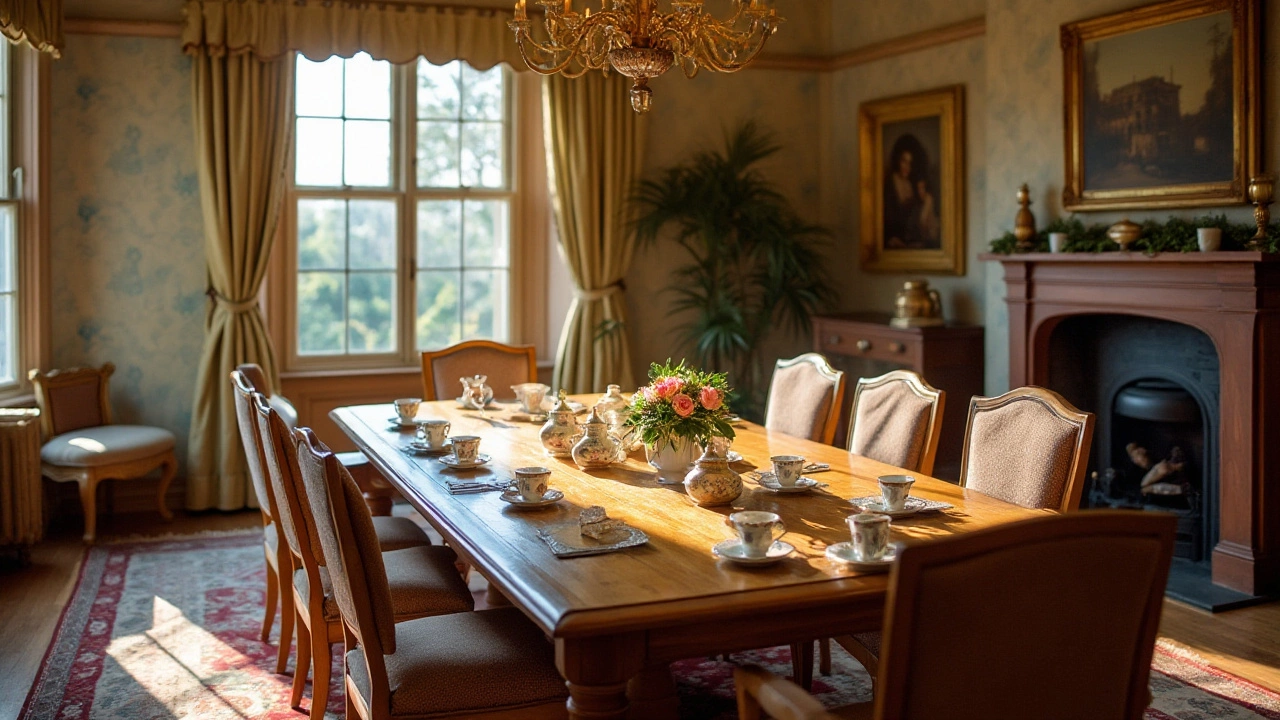Popular Dining Table Ideas for Every Home
Choosing a dining table can feel like a big decision, but it doesn’t have to be. A good table blends with your floor, lighting, and the way you live. Below are the most popular shapes, materials, and finishes that work in real homes.
Pick the Right Shape and Size
Rectangular tables are the go‑to for most families because they fit long rooms and seat more people. If your space is square or you love a cozy feel, a round table keeps traffic flow smooth and creates a natural conversation zone. Oval tables give the best of both worlds – they look like a rectangle but have softer corners, which is handy in homes with kids.
Measure the room before you buy. Leave at least 90 cm (about 3 ft) between the table edge and walls or chairs so people can move comfortably. For a family of four, a table around 140‑150 cm (55‑60 in) long works well; add 30 cm (12 in) per extra seat if you often host guests.
Materials That Stay Popular
Wood stays at the top of the list. Oak, walnut, and elm give a warm look that matches most flooring, especially hardwood or engineered floors. If you want something low‑maintenance, consider a laminate finish that mimics wood but resists spills.
Glass tops are a favorite for modern homes. A clear pane makes a small room feel larger and lets your floor shine through. Pair a glass top with a metal or wooden base to add stability and visual interest.
Mixed‑material tables—like a wooden top on a steel frame—offer a contemporary vibe without being too cold. They work well with both carpeted and hard floors, giving you flexibility if you plan to change the floor later.
When you pick a finish, think about your lifestyle. A matte paint or oil‑treated wood hides scratches better than a high‑gloss surface, which shows dents quickly.
Match Your Table to the Floor
Your flooring sets the tone for the whole room. A dark wood table looks striking on light oak floors, while a light‑colored table blends nicely with grey or beige carpet. If you have polished concrete, a warm wooden table adds softness, and a glass table keeps the industrial feel intact.
Use area rugs to define the dining area and protect the floor. Choose a rug that’s at least 60 cm (24 in) larger than the table on all sides. This extra space lets chairs slide in and out without catching on the rug edge.
Practical Tips for Long‑Lasting Use
Protect the surface with coasters, placemats, or a tablecloth, especially if you have kids. Wipe up spills right away to avoid stains on wood or water marks on glass.
When you move the table, lift it instead of dragging to avoid scratching the floor. If you need to store the table for a while, keep the legs and top disassembled if the design allows—it’s easier on both the furniture and the floor.
Finally, choose a style you love, not just what’s trendy. A table you enjoy daily will last longer than one you pick because it’s “in.” Trust your gut, match it to your floor, and you’ll have a dining centerpiece that serves both food and style for years to come.
Exploring Popular Dining Table Shapes and Their Benefits
- Gavin Whitaker
- |
- |
- 0
Choosing the right dining table shape can enhance your dining room's functionality and aesthetics. The most popular shapes include rectangular, round, square, and oval, each offering unique benefits and adapting to various space needs. This guide explores these shapes, helping you understand how each can fit into different room sizes and dining styles. From maximizing seating to fostering cozy settings, discover what shape works best for your dining room.
View more